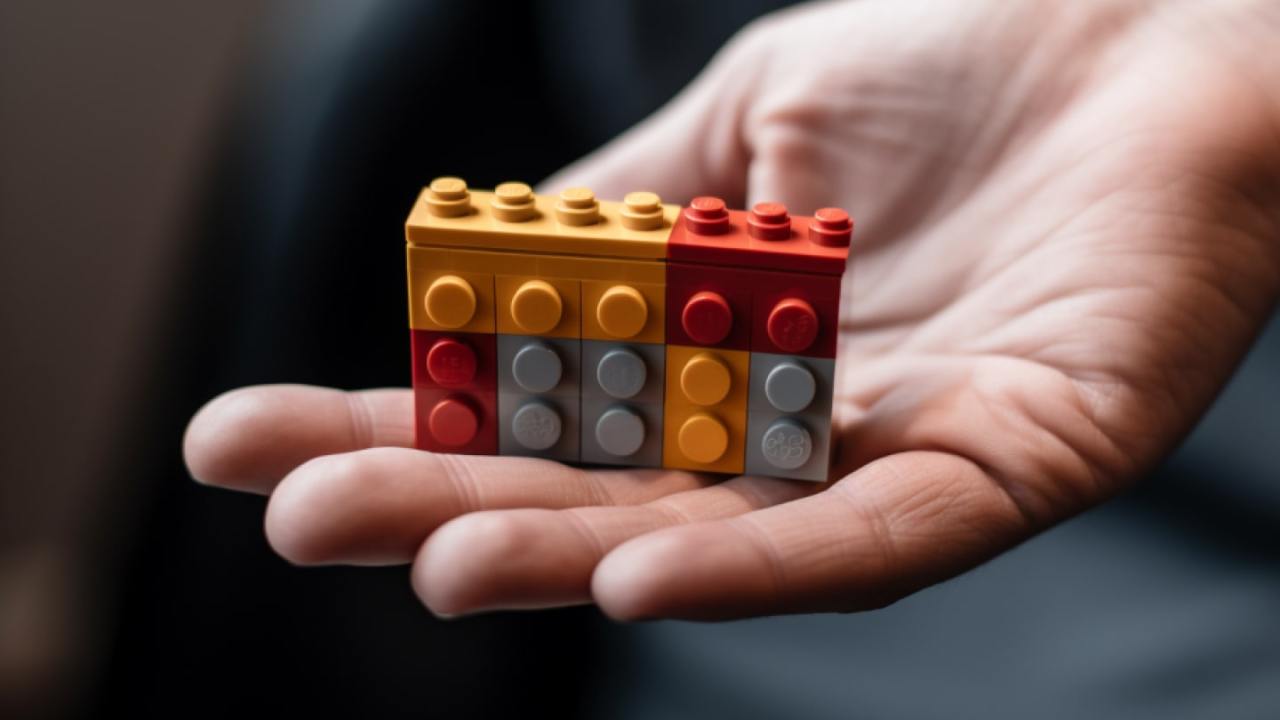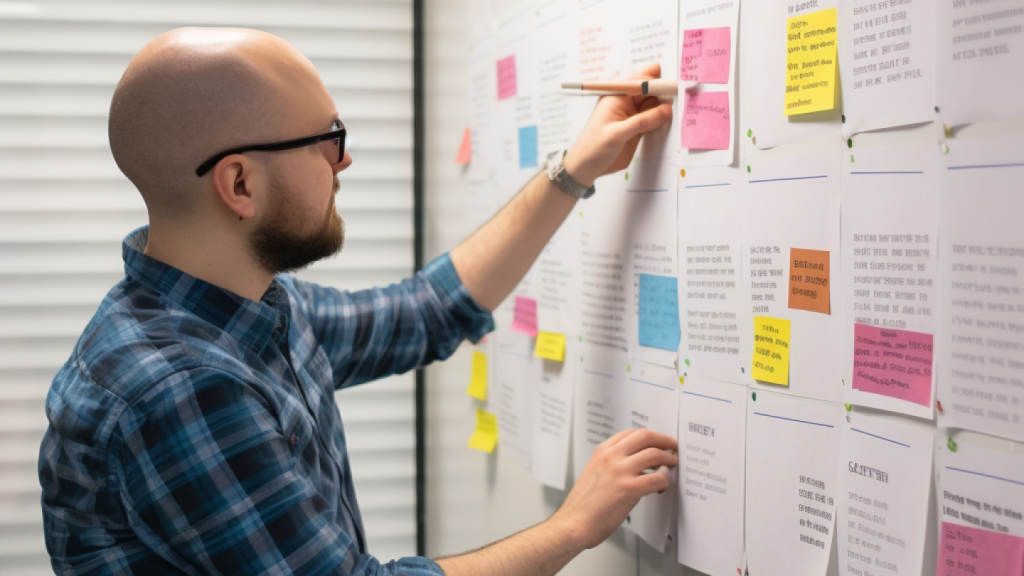How to Use Product Failure to Fuel Innovation
What do you think Steve Jobs’ greatest success was? Creating the iPhone? Popularizing the GUI? Co-founding Apple?
Actually, according to Jobs, it was getting fired from Apple. “The heaviness of being successful was replaced by the lightness of being a beginner again, less sure about everything,” he said of the experience. “It freed me to enter one of the most creative periods of my life.”
The Enterprise’s Burden
Especially within publicly owned companies like Apple, unerring success is expected — but not just any success.
An innovation that generates $20 million in annual revenue within two years of launch is a sweet dream at a startup, where ideas are evaluated on their potential. But it would be a failure in a corporate setting. There, revenues are measured in billions, and ideas are judged by their impact on next quarter’s balance sheet. The project would likely be put to death, even with millions of dollars sunk into it.
That pressure to produce short-term gains is felt across the entire enterprise. It encourages employees to do the safe thing, not the crazy thing. But safe, iterative ideas don’t keep a company ahead of its competition, let alone deliver tenfold returns.
To survive, large organizations must think five to 10 years ahead. They need to make bets on an uncertain future, even at the risk of cannibalizing their current products. In essence, they have to be willing to fail to find the next big idea.
Was it a crazy bet when Apple, a computer company, introduced the iPod in 2001? Absolutely. But by 2008, the device was generating as much as $4 billion in revenue per quarter. Even more crazily, Apple threw away that revenue with the iPhone. Within seven years of the iPhone’s launch, iPod sales fell 70 percent. But in the most recent quarter, Apple earned $54 billion in iPhone sales, representing nearly 70 percent of its total revenue.
It doesn’t matter that Apple’s bet succeeded. What matters is that it risked epic failure in the process.
Failing for Success
But risk is not recklessness. Creating a daring, innovative environment doesn’t mean abandoning strategy and common sense. It means crafting workplace culture to reward appropriate risk-taking.
At an enterprise, that’s hard to do. But product failure presents an opportunity. Taking the following steps can help your team start to see failure differently:
1. Celebrate.
Make it a weekly party. Applaud, pop champagne, and laugh about your most spectacular wipeouts. If your employees are to take risks, they need to know that they’re not going to be judged on their batting average.
Not long ago, we were running a series of experiments for a Latin American TV provider. Our goal was to help their reps sell faster, so we struck out in search of a tenfold solution. One experiment involved a bot prodding users for information. Although it functioned properly, the bot lacked the social graces it’d need for human interaction.
Did we sulk about our failure? No. We toasted the bot’s demise, reflected on what we’d learned, and tasked an actual human to collect the data instead. Not only did that person do a bang-up job, but she also avoided social snafus the bot was sure to step in.
2. Highlight cost savings.
With experiment-driven design, your goal shouldn’t be to set sales records; it should be to quickly validate your product. If testing indicates it’s viable, your next objective is to bring it to market quickly.
What happens if that product fails? Don’t dwell on it. Consider if you’d built it out as a full product. How much time and money would it have cost you to learn the same lesson? Experimentation means failing faster, which lets you apply what you learn faster, which means you arrive at success quicker.
Philosophie took this approach during an SaaS project for a corporate client. We’d been working on a set of features for the company’s field services division. But sales traction was very low, so we killed the project.
Giving up sucked, but our time wasn’t wasted. We took the best features from that failed project and baked them into a new SaaS product for a different division of the client company. That product took off, and because the prior failure gave us a head start, our execution cost was shockingly low.
3. Protect third-horizon teams.
Only two things can come from a third-horizon innovation team that’s integrated with the rest of the company: The main business will try to consume the just-crazy-enough-to-succeed ideas, and it’ll shoot down the ones that look like they’re going to fail.
Don’t let it do either. Those ideas will be your lifeboat in five years. Give your third-horizon innovators space to grow their concepts into fully fledged products.
You’ll be amazed at what team members will come up with if you give them some space. At Philosophie, we use a technique during our diverge-converge creative process called dot voting, which works best with sticky notes and markers. We were having a tough time running those sessions remotely, so a small team decided to replicate the process online.
The result? See it yourself at dotvoterapp.com. We use this tool internally, and several outside companies have also taken it on. But it wouldn’t have happened if we hadn’t empowered a small team to go rogue.
4. Embrace fresh starts.
Failure can be liberating. After celebrating, get the team together for a new design sprint or design studio session. Incorporate elements of randomness to get everyone to really scrape for fresh ideas.
Earlier this year, we worked with an international cruise ship client. We launched a couple of successful pilot programs together, but we soon found ourselves out of ideas. To restart our engines, we organized a series of workshops for our team and the client focused on play and creativity.
Not only were the workshops a ton of fun, which boosted morale, but they forced us out of our thought bubbles. Together, we generated a host of new ideas that never would’ve surfaced otherwise.
Get out of the Airport
An aphorism about risk I like says, “If you’ve never missed a flight, you’re spending too much time in the airport.”
In other words, if you’ve never had a project fail, you’re not taking enough chances. Slow and steady is the route to irrelevance. The competition will be jetting forward; you’ll be watching from the ground in terminal C.
The only alternative is to embrace failure. Let it take you places you could never go without it. If Jobs were alive today, even he might not recognize where you wind up, but he’d recognize how you got there.










